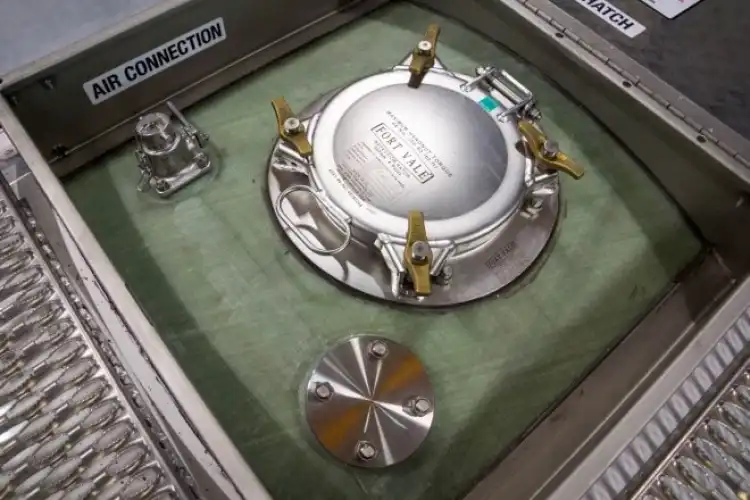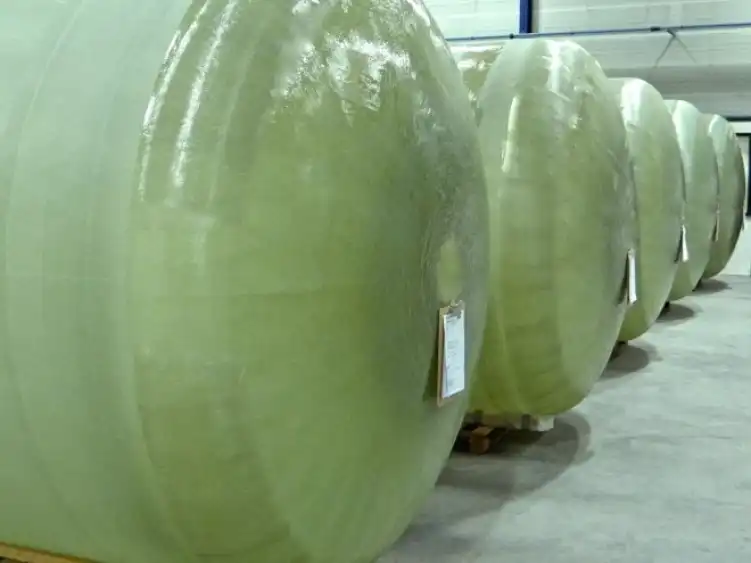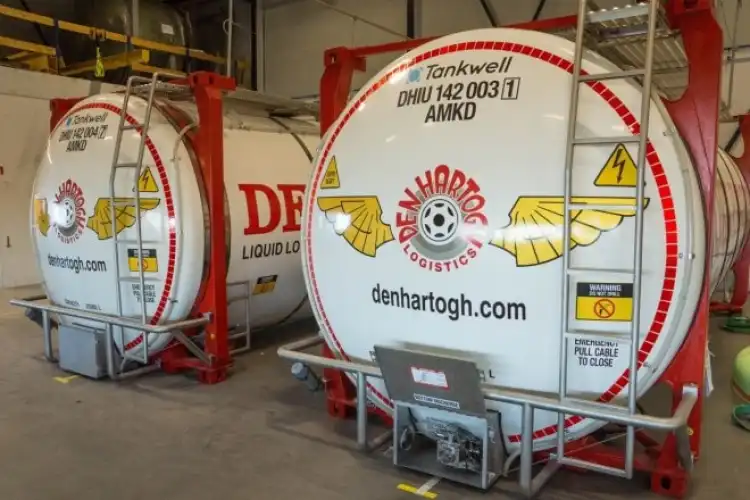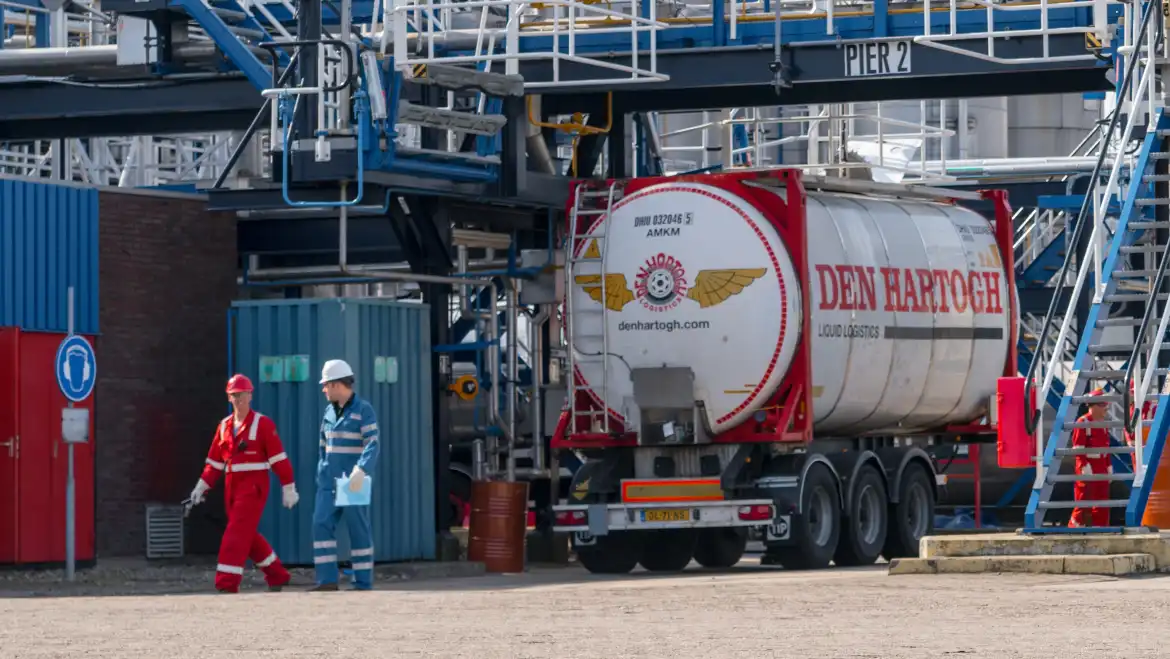Den Hartogh is always looking for new opportunities to increase payload and reduce freight cost. The company has introduced in its fleet operations a new type of composite tank containers, that allows reducing freight cost per trip by 5 to 10%. These composite containers have been developed with Tankwell (Netherlands), using Atlac® 5200 FC resin from Aliancys.
Bulk tank containers used for intermodal transport should be as light as possible, in order to accommodate the maximum amount of freight inside. At the same time, they need to be strong and durable, so they are safe to use for a 15 to 20 years working life with minimal maintenance and repair.


STRONG AND RELIABLE
Tankwell introduced in 2015 a novel technology for manufacturing high quality composite tank containers. "The entire tank is made in one filament winding step, instead of the traditional method of combining separate end-caps onto a circular filament wound core. This means the wall thickness of the composite tank is lower than for comparable composite tank structures." explains Casper Willems, Managing Director of Tankwell. "For our tank containers an external frame is incorporated in the overall design, resulting in an assembly with excellent rigidity and mechanical integrity.
The manholes, valves and auxiliary components are still standard parts in metal and are nicely integrated in the composite structure."
LOWER WEIGHT, REDUCED COST
The result is very impressive: the composite swap body tank container with a capacity of 31,000 liters only weighs as little as 2,200 kg, which is 40% less than the traditional stainless steel tank containers. Jacco van Holten, Commercial Director at Den Hartogh Logistics, states enthusiastically: "These newly designed tank containers will transport 2 metric tons of product more on every trip. Freight cost is dropping by 5 to 10% as a direct result. Together with this significant increase on payload, comes the saving on actual loading and unloading operations. More payload simply means less transport movements, less CO2 emission, less physical handlings, less congestion, less risk."
The newly constructed composite tank containers have a 40% better thermal insulation compared to stainless steel tank containers. Jacco van Holten adds: "The need for re-heating of the product, prior to the customer delivery, is eliminated with these composite tank containers. This results directly in huge savings on heating costs, but also here a significant indirect effect on improved safety performance and on time delivery at the final customer is to be expected."

An additional benefit of using composite tank containers as experienced by Den Hartogh, is the relative smoothness of the inner surface. While stainless steel surfaces may suffer from pitting and can retain traces of a product from a previous load, the composite surfaces remain cleaner and require less intensive scrubbing. The result is reduced cost, a reduction of the quantity of chemicals that need to be disposed after cleaning, and less empty kilometers caused by restrictions linked to previous cargo.
SUCCESFULL INTRODUCTION
The composite tank container has obtained ADR, RID, CSC and IMO4 approval after extensive material and product testing under third party surveillance. The type approval included all relevant fire safety and mechanical impact testing. Since December 2015, Den Hartogh Logistics has been using the composite tank containers in its fleet, which already consists of more than 19,000 tank containers worldwide. The company is gradually increasing the range of chemicals for which the composite tank containers are deployed, with the intention to maximize the benefits this innovative technology can bring.
